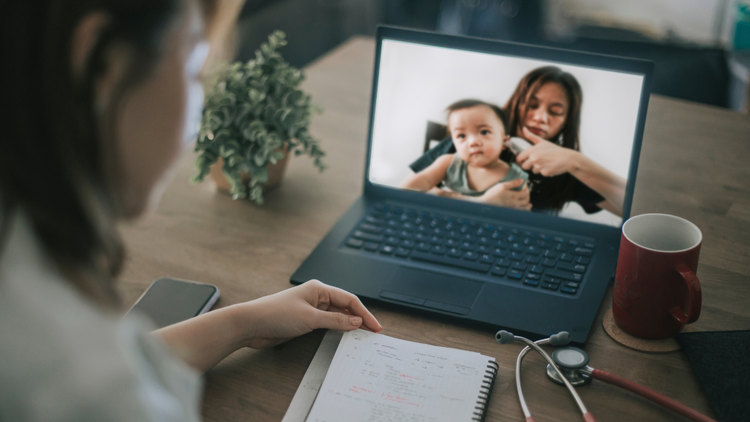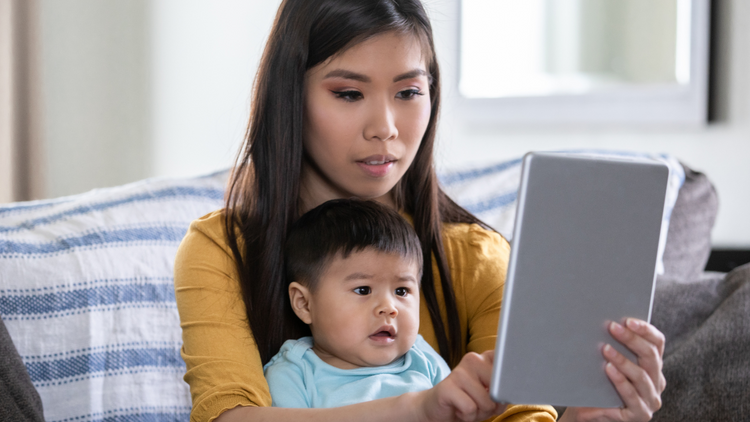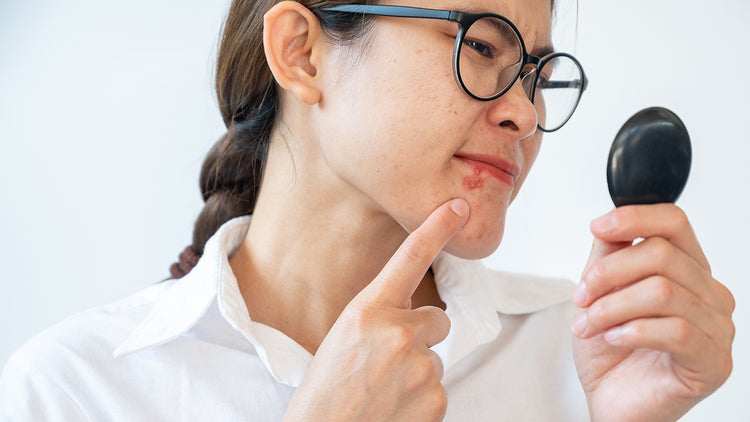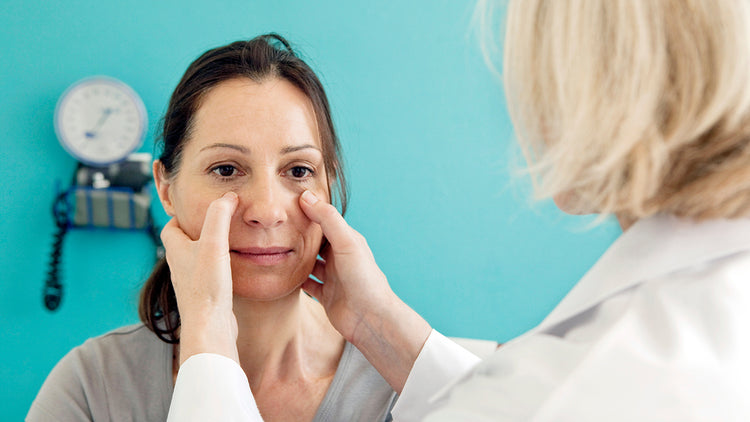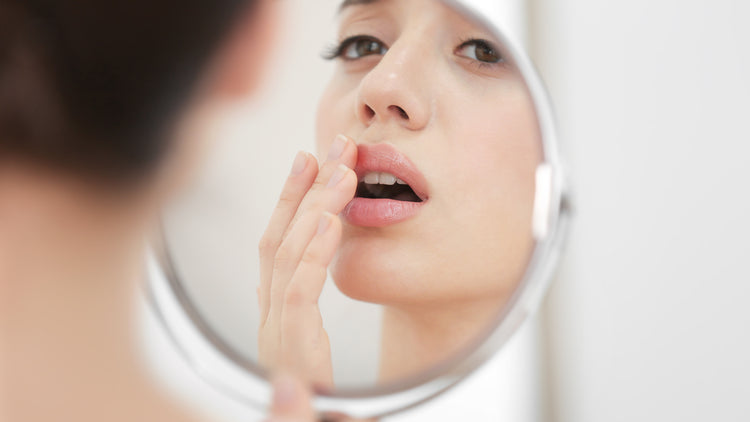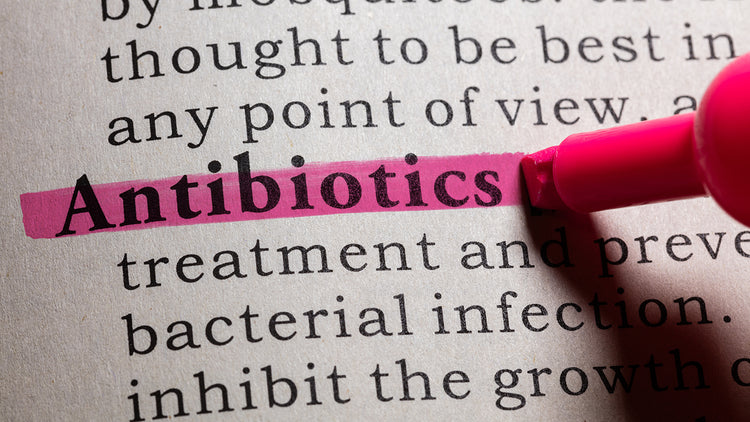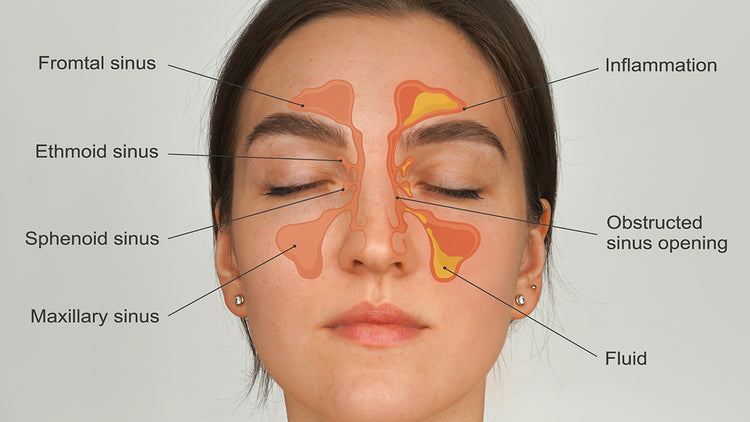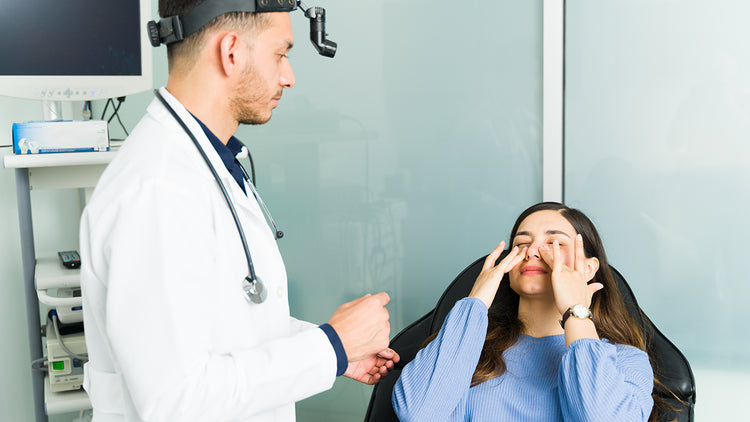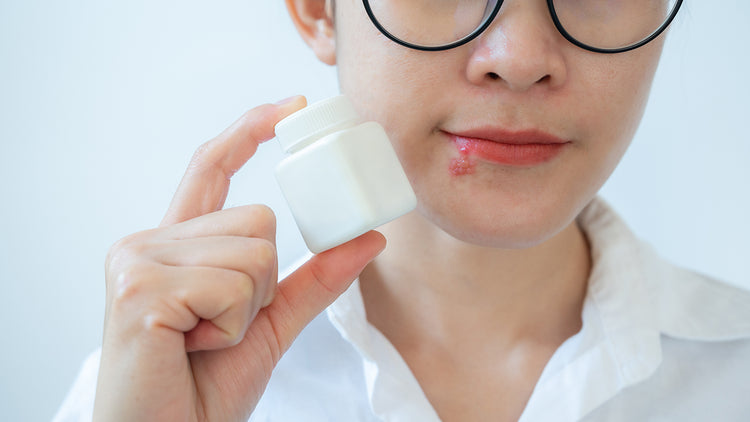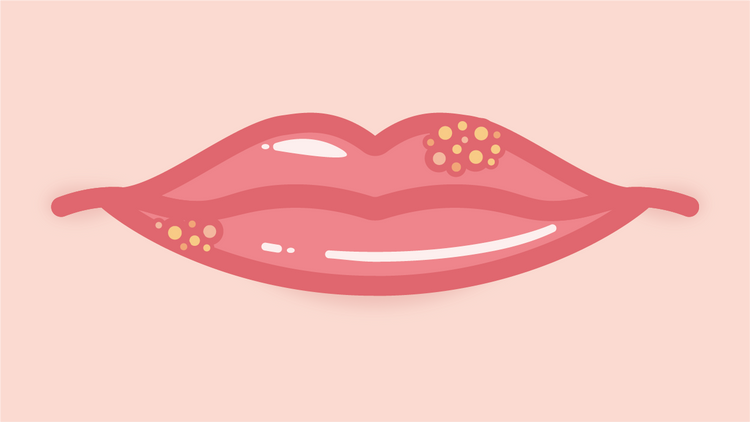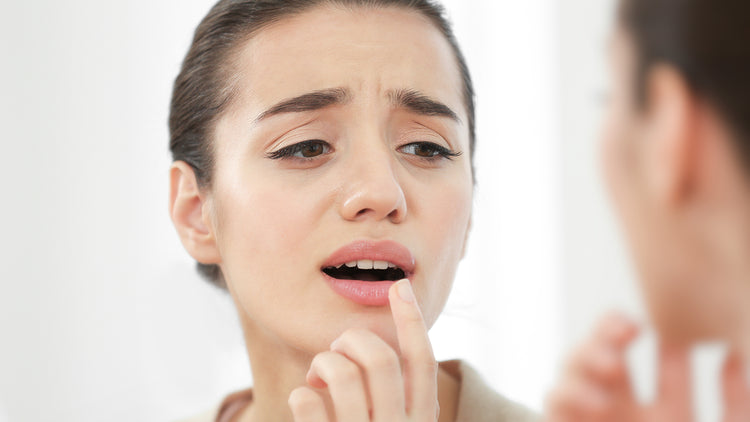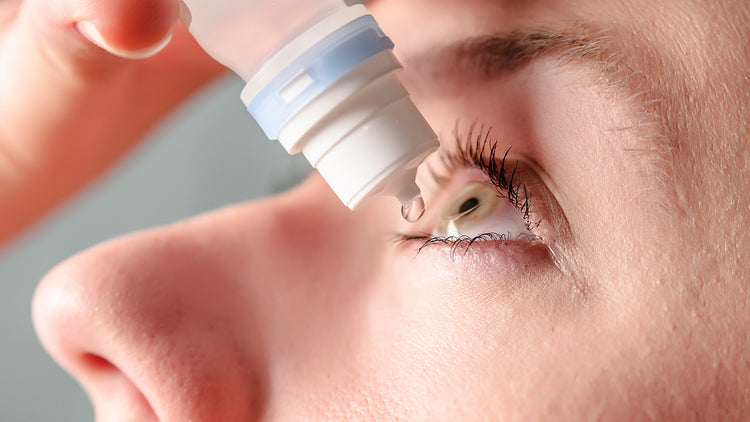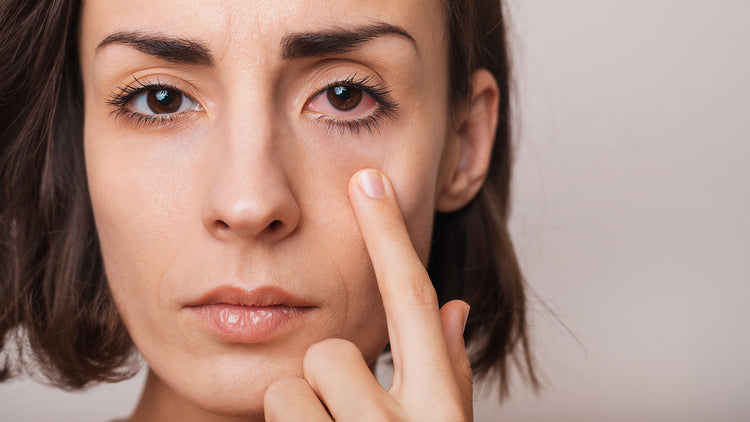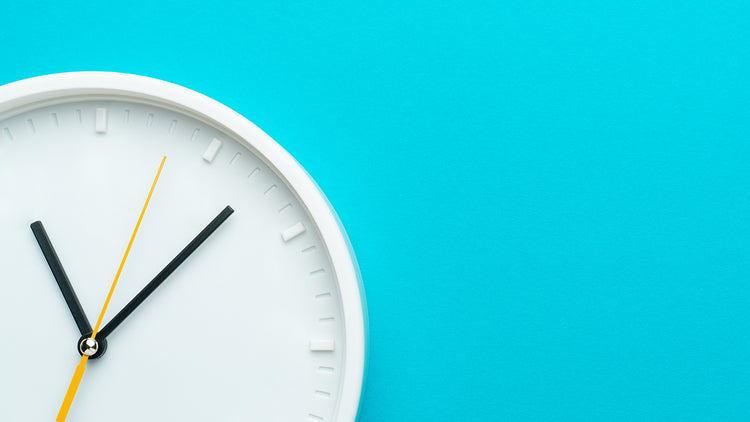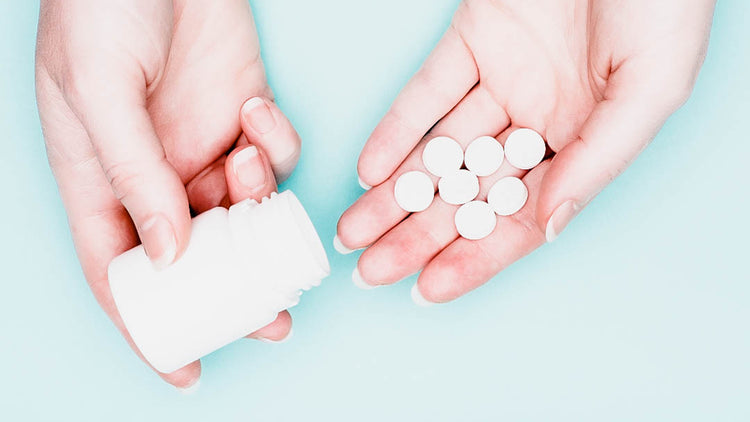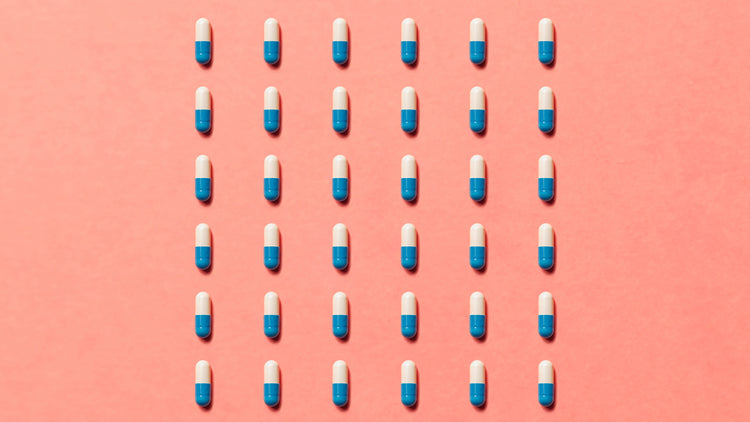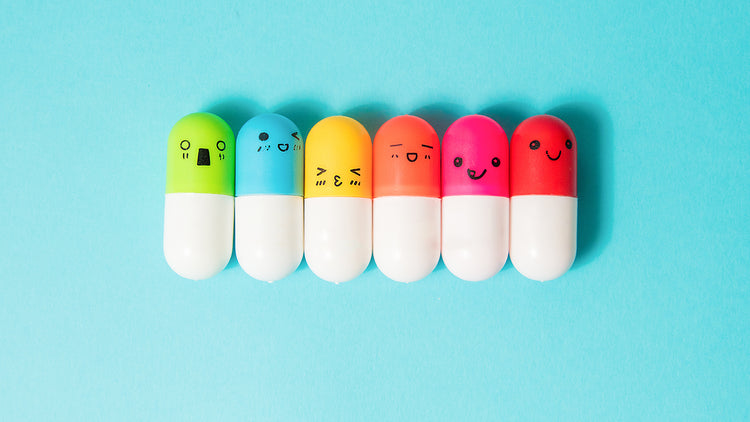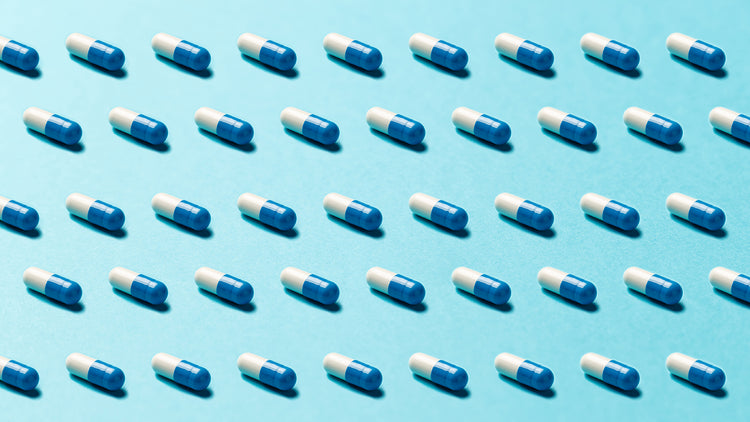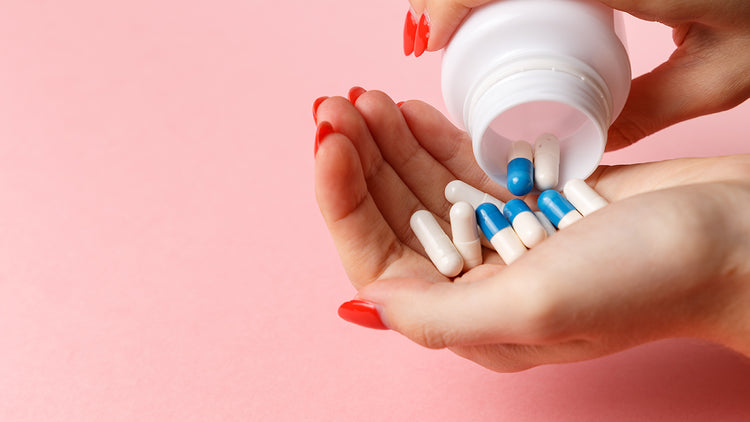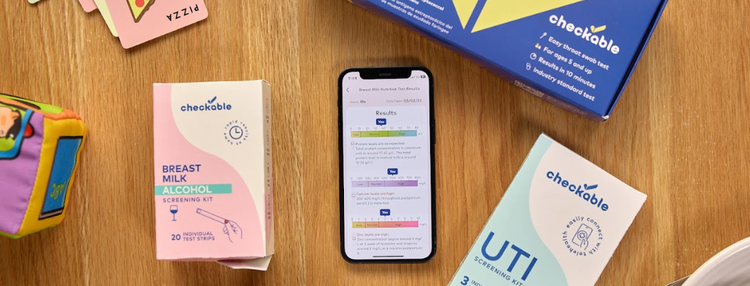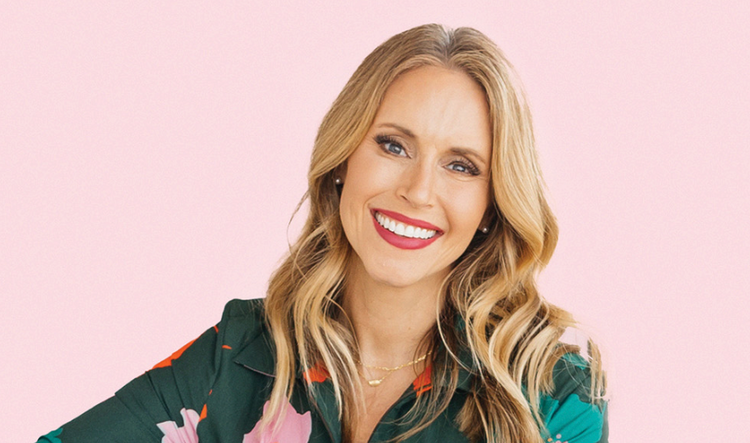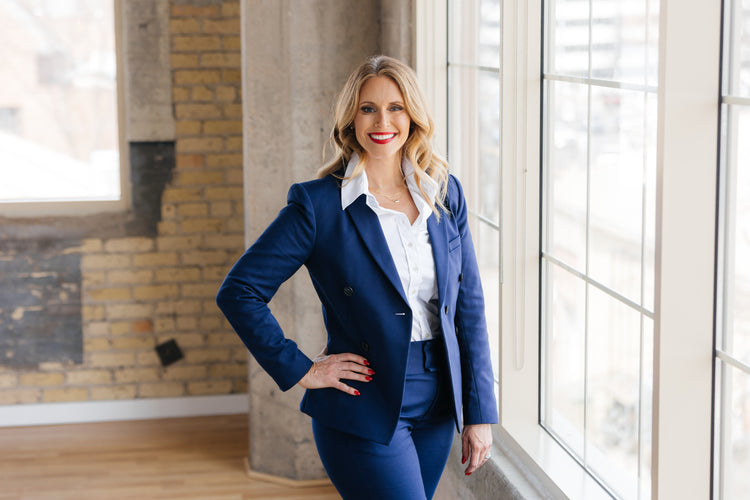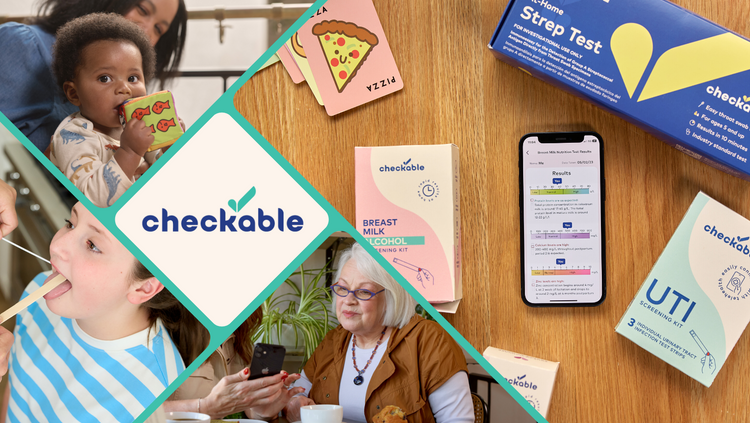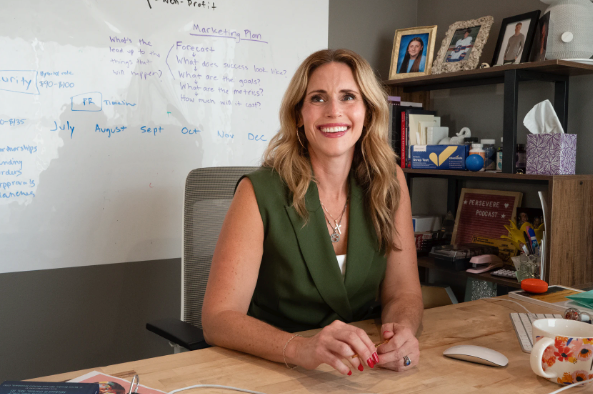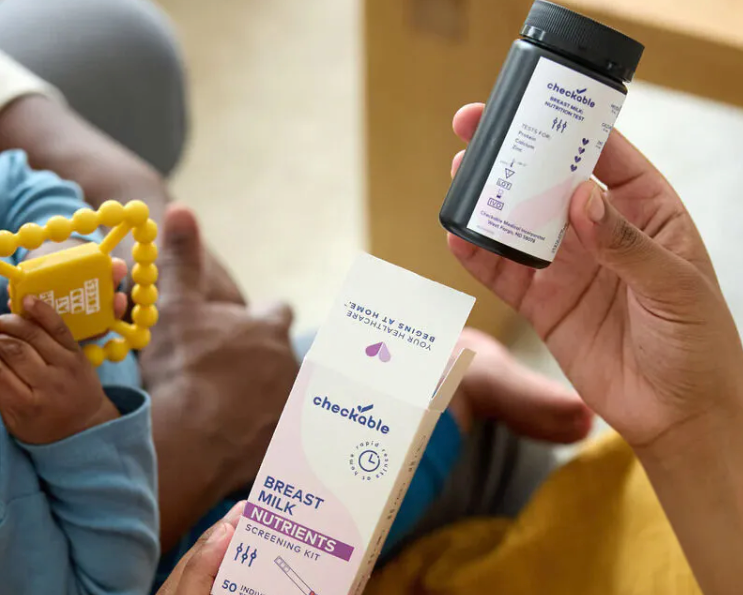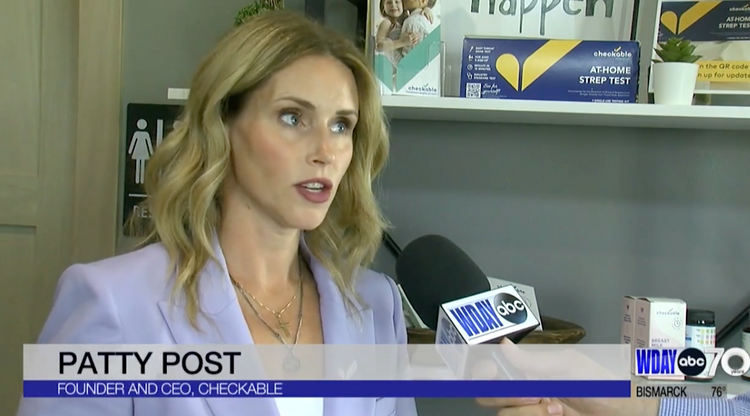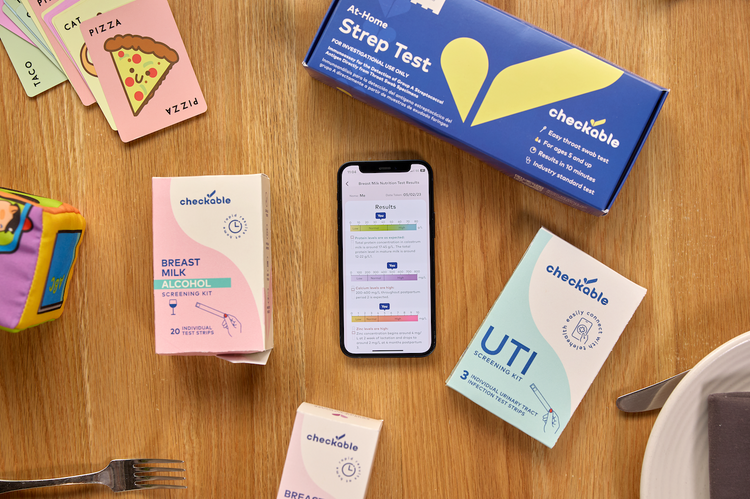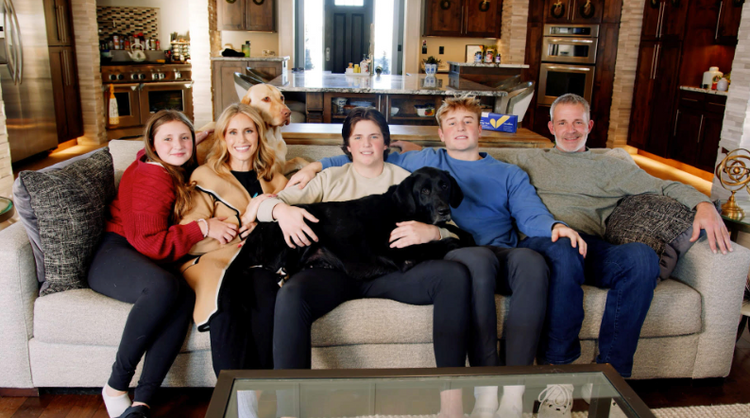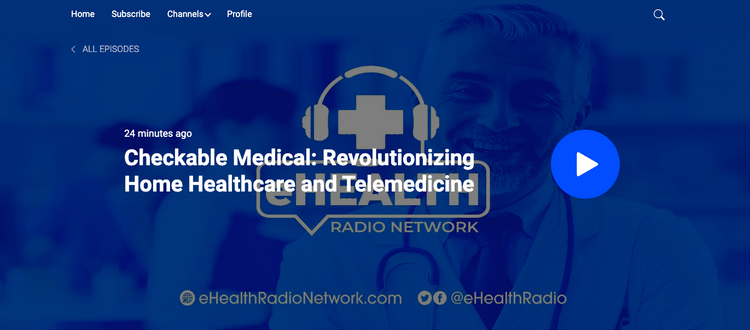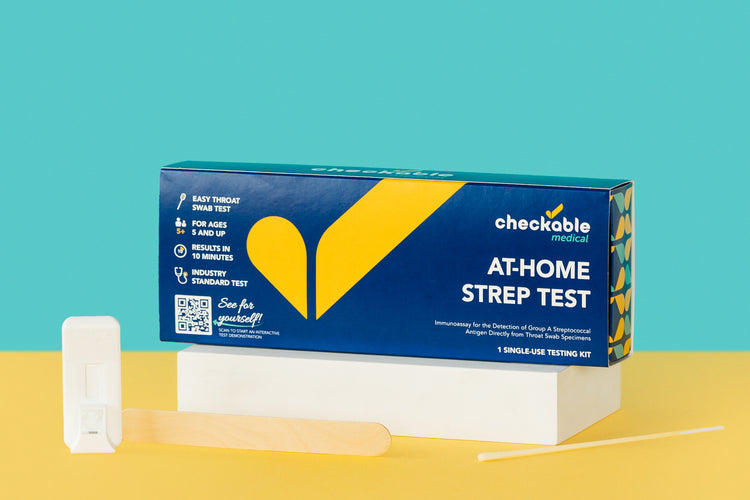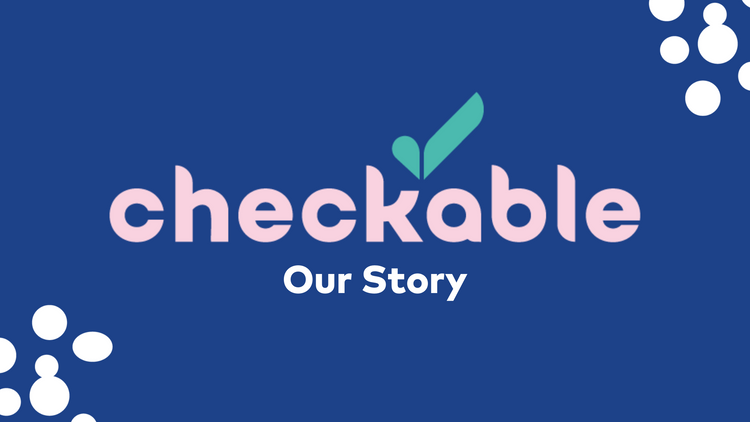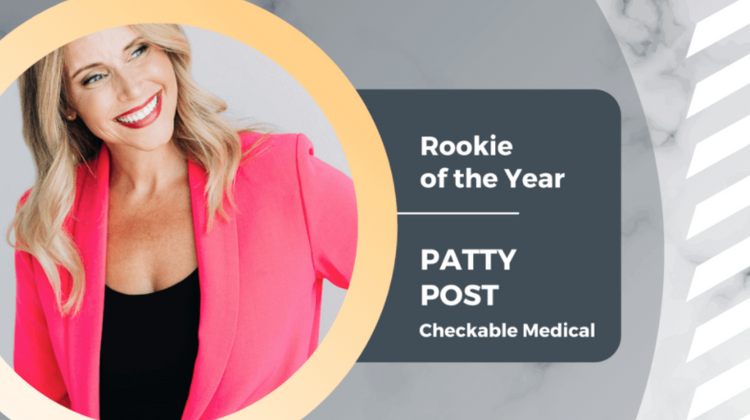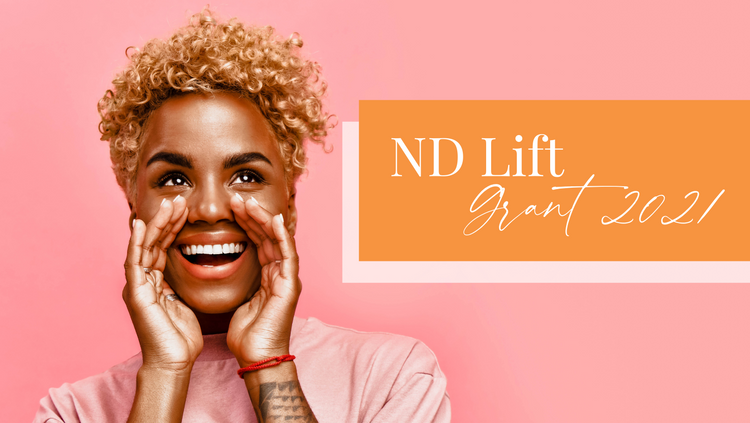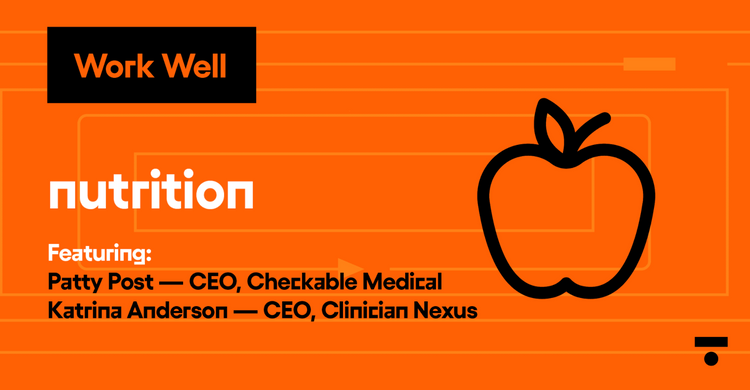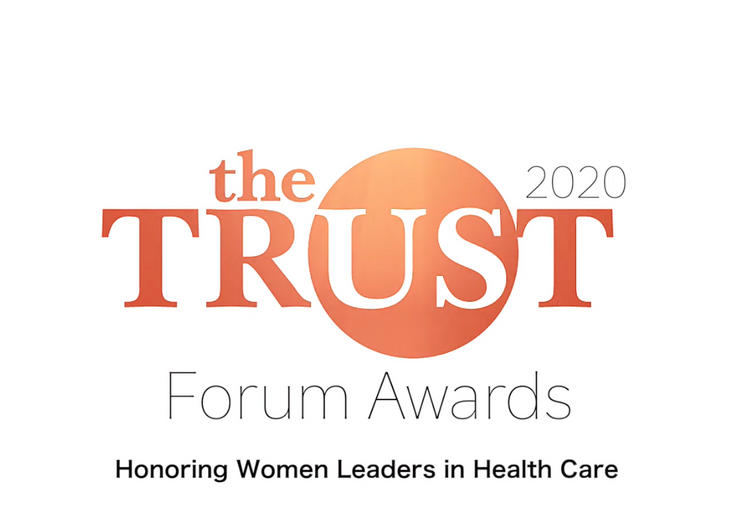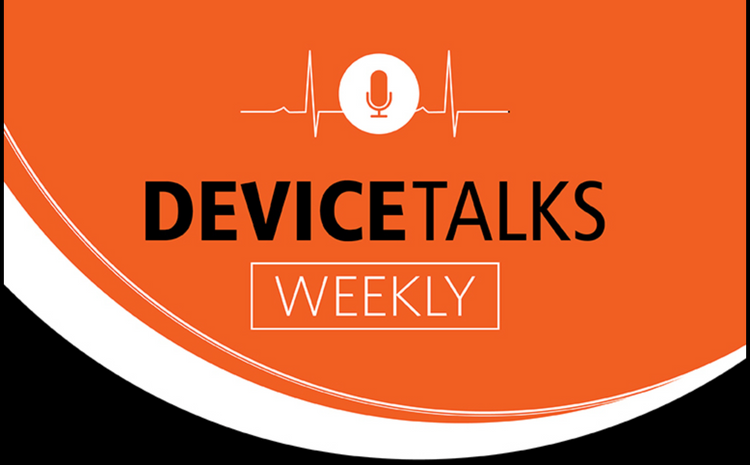
We deal with gender bias in the workplace, sports, parenting, and even health care. Gender bias in health care ranges from patients to doctors, researchers, and administrators – all hold biased views on someone’s gender.
What is gender bias, you ask? Gender bias is preferring one gender over another. This is usually based on inaccurate beliefs or stereotypes that make one gender seem better than the others. The most common bias is against women – a huge shocker, right? A 2020 study reveals that 90%of men and women hold some sort of bias against women. Oof.
Examples of gender bias in healthcare
A study found that women are less likely than men to get CPR from a bystander and are more likely to die. Imagine walking down the street going about your day, and you suddenly collapse to the ground… and no one helps you because you are a woman.
“It can be kind of daunting thinking about pushing hard and fast on the center of a woman’s chest,” said Audrey Blewer, a University of Pennsylvania researcher who led the study. Rescuers also may worry about moving a woman’s clothing to get better access or touching breasts to do CPR, said another study leader, Benjamin Abella, who added that doing CPR properly “shouldn’t entail that” as“ you put your hands on the sternum, which is the middle of the chest. In theory, you’re touching in between the breasts.” As a society, we need to take a closer look at this.
A 2018 study found that doctors often view men with pain as “brave” but view women with pain as “emotional.” Asif. Basically, the study found that doctors are more likely to treat a woman’s pain as a product of a mental health condition rather than a physical condition. That could also be because men tend to go to the doctor less, but it's not due to bravery.
Gender bias also leads to discrimination against health workers. A 2020 study of older women doctors found that age- and gender-based harassment, discrimination, and salary inequity persisted throughout their careers. While these problems diminished over time, the participants’ levels of seniority and professional experience did not stop them. Gender bias causes knowledge gaps, lack of women in leadership, delayed diagnoses, avoidance of medical care, abuse, and neglect. Gender bias can also step with other forms of oppression, such as racism, ableism, classism, and heterosexism.
Everyone has a role to play in ending gender bias, but institutions have the most power to change. It is important for health care professionals and the people they serve to understand what gender bias is, that everyone has these biases, and how they affect health care. People and organizations can only stop reinforcing inequity by recognizing their biases and taking action to unlearn them. A study suggests that implicit bias training can help. Not all studies support the effectiveness of this approach, though. It is also worth noting that addressing their biases is only a first step.
If someone believes they are being treated differently due to their gender, try these steps:
- Seek second opinions from other doctors
- Speak with a specialist
- Get doctor recommendations from others who have faced similar medical situations
- Ask a doctor why they are not pursuing tests/treatments
- Ask for your patient records
- Report any discrimination that is obvious or serve
Gender bias affects diagnosis, treatment, and health outcomes, reducing the quality and effectiveness of health care. In order to stop it, organizations and institutions need to commit to changing their policies and practices.
RESOURCES:
https://onlinelibrary.wiley.com/doi/abs/10.1002/aet2.10124
https://www.hindawi.com/journals/prm/2018/6358624/
https://www.undp.org/press-releases/almost-90-menwomen-globally-are-biased-against-women
https://www.theguardian.com/world/2017/nov/12/cpr-gender-women-men-bystanders-study
Life is too short to sit in a doctor’s office
Sign up for our weekly newsletter and get valuable healthcare tips and tricks in your inbox!
Sign up now and unsubscribe anytime.
- Choosing a selection results in a full page refresh.
- Press the space key then arrow keys to make a selection.



